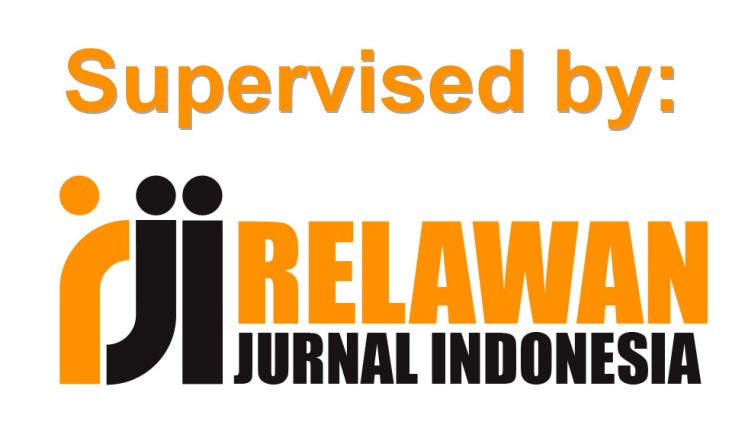Application Of Fuzzy C-Means Clustering for Mapping Agent
Abstract
Strict business competition in the field of mountain equipment providers and selling the same product makes the mapping of onsight agents needed to determine the priority of agents prioritized. Fuzzy C-means is one of the data grouping techniques in which the existence of each data point in a cluster is determined by the level of membership. The purpose of this study is to design and make applications for grouping agents. The research method used is direct interview to obtain information in the form of ordered item data. The design model uses the System Development Life Cycle (SDLC). The system design method used is the Unified Modeling Language (UML). Agent mapping system with web-based fuzzy c-means clustering uses the PHP and MySQL programming languages as the database. The results of this study are in the form of three data clusters that can be used to support decisions for priority and from 30 data agents, the first cluster consists of 15 agents, the second cluster consists of 1 agent, and the third cluster consists of 14 agents
Keywords
Full Text:
PDFReferences
K. and P. , Aplikasi Logika Fuzzy untuk Pendukung Keputusan, Yogyakarta: Graha Ilmu, 2010.
E. Hadinata, "Metode Clustering Algoritma Fuzzy CMeans," 19 Desember 2013. [Online]. Available: https://edrianhadinata.wordpress.com/2013/12/19/metode-clustering-algoritma-fuzzy-cmeans/.
R. A. Soekamto and M. Shalahuddin, "Rekayasa Perangkat Lunak Terstruktur Dan Berorientasi Objek," Informatika, Bandung, 2013.
P. P. Widodo and H. , Menggunakan UML, Bandung: Informatika, 2011.
W. Lestari, "Pemetaan Gaya Belajar Mahasiswa Dengan Clustering Menggunakan Fuzzy C-Means," Jurnal Sainstech Politeknik Indonusa Surakarta, pp. 1-8, 2015.
A. K. Muchsin and M. Sudarma, "Penerapan Fuzzy C-Means Untuk Penentuan Besar," Lontar Komputer, pp. 175-183, 2015.
D. J. Bora and A. K. Gupta, "International Journal of Computer Trends and Technology (IJCTT)," A Comparative study Between Fuzzy Clustering Algorithm and Hard Clustering Algorithm, pp. 108-113, 2014.
R. M. Anggraeni, "Perbandingan Algoritma Apriori Dan Algoritma Fp-Growth Untuk Perekomendasi Pada Transaksi Peminjaman Buku Di Perpustakaan Universitas Dian Nuswantoro," pp. 1-5, 2015.
M. S. Mustaqbal, R. F. Firdaus and H. Rahmadi, "Pengujian Aplikasi Menggunakan Black Box Testing Boundary Value Analysis," Jitter, vol. 1, pp. 31-36, 2015.
U. Efiyah, Penerapan Algoritma Fuzzy C-Means Untuk Pengelompokan Harga Gabah di Tingkat Penggilingan Berdasarkan Kualitas Gabah, Malang: Universitas Islam Negeri Maulana Malik Ibrahim, 2014.
DOI: http://dx.doi.org/10.30646/tikomsin.v9i2.568
Refbacks
- There are currently no refbacks.
Editorial Office :
TIKomSiN : Jurnal Teknologi Informasi dan Komunikasi Sinar Nusantara
Published by STMIK Sinar Nusantara Surakarta
Address KH Samanhudi 84 - 86 Street, Laweyan Surakarta, Central Java, Indonesia
Postal Code: 57142, Phone & Fax: +62 271 716 500
Website: https://p3m.sinus.ac.id/jurnal/index.php/TIKomSiN
Email: tikomsin @ sinus.ac.id

This work is licensed under a Creative Commons Attribution-NonCommercial-ShareAlike 4.0 International License.










